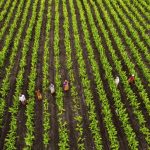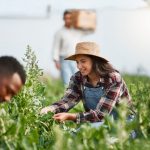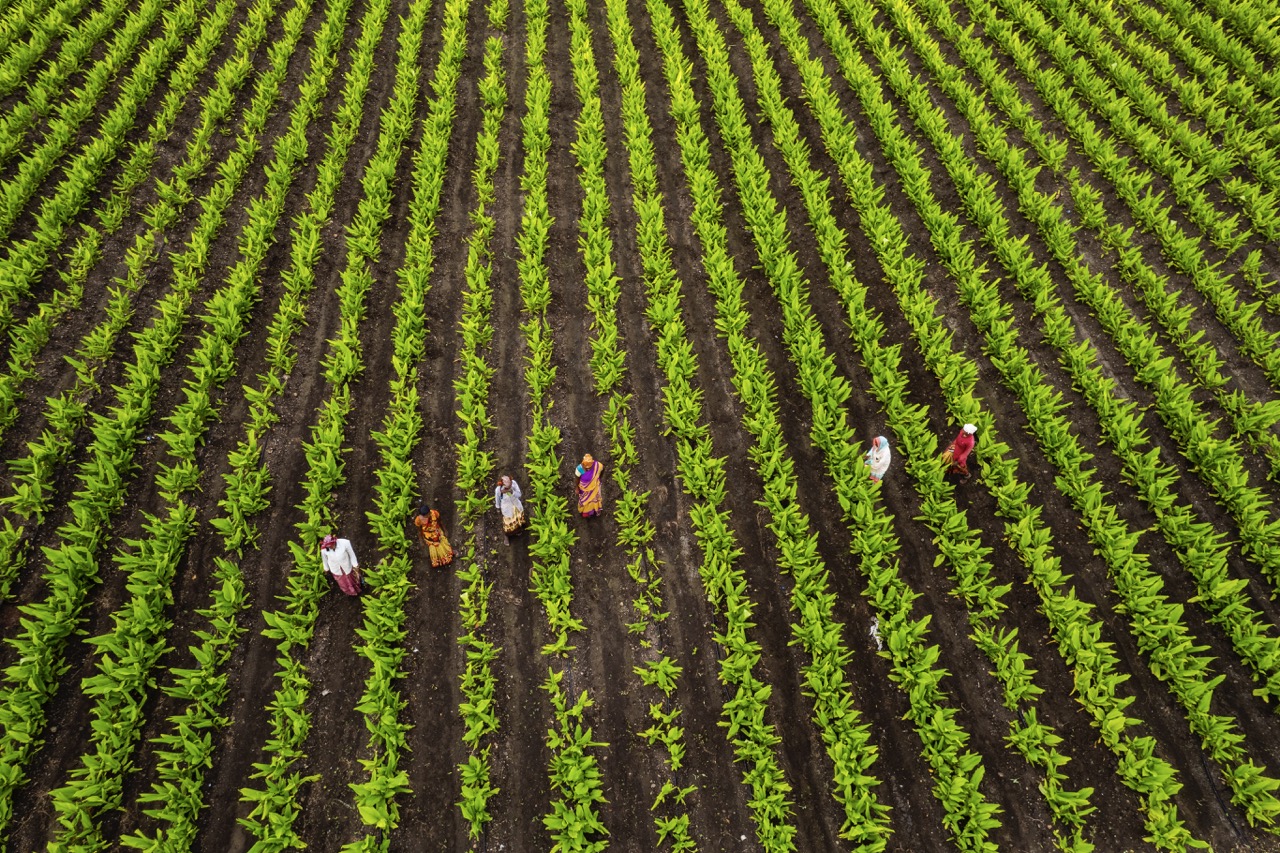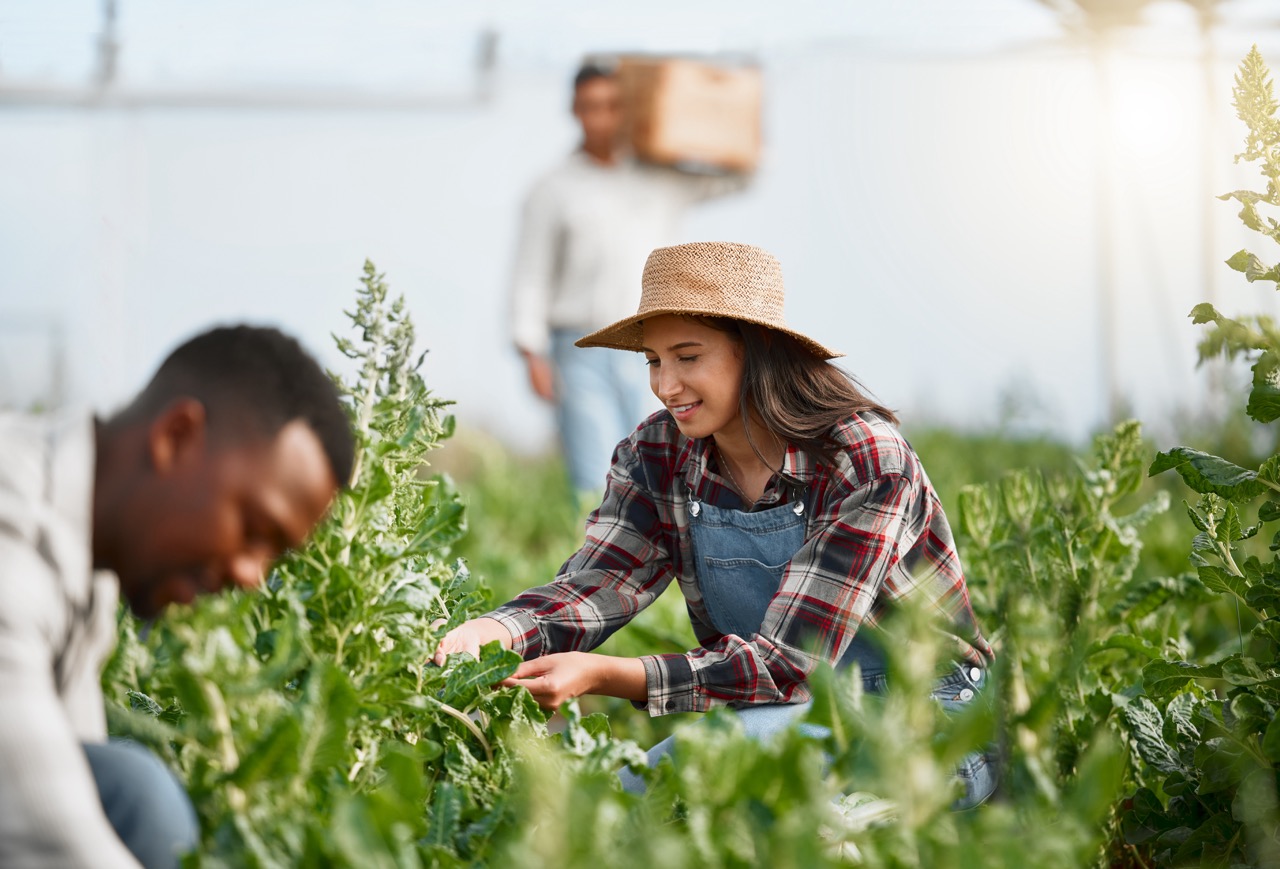In a world increasingly focused on sustainability and food security, sharecropping emerges as a compelling strategy for promoting diverse crop systems. Traditionally viewed as a relic of historical agrarian practices, sharecropping can be reimagined to foster resilience and ecological balance in modern farming. This article delves into the role of sharecropping in sustainable agriculture, the benefits of crop diversity, effective strategies for implementation, and real-world case studies that illuminate successful practices.
Understanding Sharecropping’s Role in Sustainable Agriculture
Sharecropping, a system where landowners allow farmers to cultivate their land in exchange for a share of the crops produced, can play a transformative role in sustainable agriculture. Far from being a mere economic arrangement, sharecropping can empower farmers to experiment with diverse crop rotations, which enhances soil health and minimizes the reliance on chemical inputs. By collaborating closely with landowners, sharecroppers can tailor their cultivation practices to support biodiversity, ensuring that both parties benefit from a more resilient agricultural ecosystem.
Moreover, sharecropping creates opportunities for knowledge exchange between experienced landowners and innovative farmers. As sharecroppers take advantage of local soil conditions and climate variations, they can introduce alternative crops that may be underutilized in conventional farming. This cooperative approach promotes adaptive management techniques, fostering a culture of experimentation that is crucial for building resilience against climate change and pest pressures.
Finally, through sharecropping, communities can strengthen their food sovereignty. By encouraging local crop varieties and practices, sharecroppers contribute to a diversified agricultural landscape that reduces dependence on global supply chains. This localized approach not only boosts food security but also empowers communities to maintain their cultural heritage, as traditional crops often carry significant historical and social value.
Benefits of Diverse Crop Systems for Sharecroppers
Diverse crop systems offer numerous benefits for sharecroppers, enhancing both productivity and sustainability. Firstly, crop diversity can significantly improve soil health. Different plants contribute unique nutrients to the soil and have varying root structures, reducing soil compaction and increasing organic matter. This results in healthier soil ecosystems, which in turn support higher yields and greater resilience against disease and pests. By adopting a diverse cropping strategy, sharecroppers can mitigate risks associated with monoculture farming and create a more stable income stream.
Additionally, diverse crop systems can enhance ecosystem services such as pollination and pest control. By integrating various plants, sharecroppers foster habitats for beneficial insects and microorganisms that play a critical role in maintaining agricultural productivity. For instance, intercropping flowering plants can attract pollinators, while planting certain crops together can naturally deter pests. As a result, sharecroppers can reduce their dependence on chemical pesticides, leading to healthier crops and a safer environment.
Finally, embracing crop diversity can open new markets for sharecroppers. As consumer preferences shift towards organic and locally sourced foods, the ability to supply a range of crops can provide sharecroppers with a competitive edge. By diversifying their offerings, sharecroppers not only increase their resilience to market fluctuations but also cultivate relationships with local buyers, strengthening their economic stability and enhancing community ties.
Implementing Effective Strategies for Crop Diversity
To effectively implement diverse crop systems within sharecropping arrangements, several strategic approaches can be adopted. Firstly, education and training play a crucial role. Agricultural extension services can provide sharecroppers with the necessary knowledge on crop rotation, companion planting, and soil management practices that promote diversity. Workshops and field demonstrations can empower sharecroppers to adopt innovative techniques, fostering a culture of continuous learning and collaboration.
Secondly, establishing partnerships between landowners and agricultural organizations can facilitate access to resources and expertise. These collaborations can include shared investment in tools and infrastructure aimed at supporting diverse cropping practices. For example, creating communal seed banks can encourage the preservation of local varieties while providing sharecroppers with access to a wider range of planting options. Additionally, financial incentives such as grants or low-interest loans can help alleviate the initial costs associated with transitioning to diversified systems.
Lastly, monitoring and evaluation are key components of successfully implementing crop diversity. Sharecroppers should establish metrics to assess the impact of their practices on yield, soil health, and economic outcomes. Regularly reviewing these metrics not only helps in making informed decisions but also enables sharecroppers to share their successes and challenges with the broader agricultural community. This feedback loop promotes adaptive management, ensuring that diverse cropping systems remain responsive to environmental and market changes.
Case Studies: Successful Sharecropping and Crop Rotation
Several case studies illustrate the successful integration of sharecropping and diverse crop systems. One notable example comes from a collective of sharecroppers in the Southern United States, who adopted a model of intercropping various legumes and grains. By rotating crops and incorporating nitrogen-fixing plants, these sharecroppers improved soil fertility while diversifying their yields. This approach not only increased their income but also restored local biodiversity, transforming their farmland into a thriving ecosystem.
In Brazil, a group of sharecroppers engaged in agroecological practices demonstrated that crop rotation with native species can significantly enhance agricultural resilience. By alternating between traditional staples like cassava and less common crops, they were able to reduce pest populations and improve food security. Their success lies in the close collaboration with local agricultural experts, who provided guidance on maintaining a balanced ecosystem. The results were not only economically favorable but also established a model for sustainable farming practices in the region.
Another inspiring case is found in East Africa, where sharecroppers implemented a community-based approach to crop diversity. By sharing knowledge about indigenous crops suited to local climates, they revitalized traditional farming practices that had been neglected. The introduction of diverse fruit and vegetable crops led to improved nutrition and income for families involved. This case underscores the importance of community engagement and knowledge sharing in achieving sustainable agricultural practices through sharecropping.
Sharecropping presents an underutilized opportunity to promote diverse crop systems that benefit both farmers and the environment. By understanding its role in sustainable agriculture, recognizing the advantages of crop diversity, implementing effective strategies, and learning from successful case studies, stakeholders can harness the potential of sharecropping to foster resilience in the face of modern agricultural challenges. This approach not only revitalizes rural economies but also strengthens food systems, making them more sustainable for future generations.










